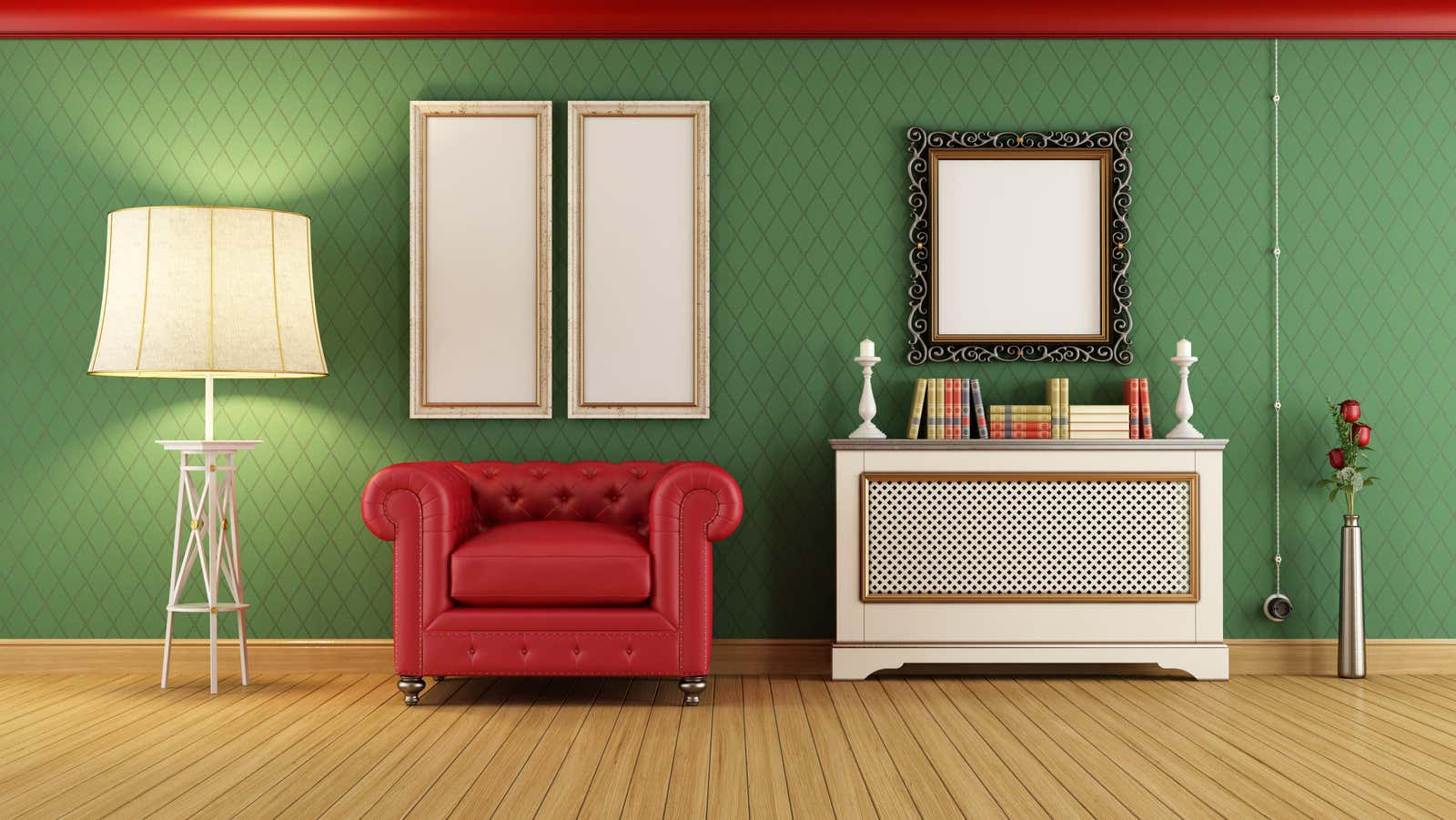How to Decorate an Ugly Old Radiator

Living in an old house is fraught with many challenges. Floor plans may be more closed, wiring may need updating, closet space is tight, and heating systems may be outdated. In older homes , boiler and radiator systems are often used to heat the house , in which steam rises through a pipe system to transfer heat into the room through a radiator. Cast iron radiators are common in older homes, they are usually placed under windows, and they take up a lot of wall space. But since these 90-pound heaters cannot be moved, why not try mixing them with your interior?
How to upgrade old radiators
Old radiators can become an eyesore. After the original finish wears off, they can become rusty or discolored, but you can update them to their original silver color or paint them to match your walls and room. According to the Best Heating Advice Center , painting a radiator is quite simple and takes about two hours.
You will need several cleaners, a sander, and a radiator primer in addition to the paint you want to use. It’s a good idea to get an official paint rag and some cardboard to protect the radiator’s environment from any paint drips. First, you need to clean the radiator thoroughly (see Lifehacker Radiator Cleaning Guide) and then sand down any uneven or uneven areas. You are now ready to start priming. If you are dealing with a rusty radiator, be sure to use an anti-corrosion primer. After the primer has completely dried, the first coat of colored paint can be applied. Best Heating Advice suggests that “for best results, you should paint the radiator in stages – paint the edges first before moving on to the front of the appliance.”
How to turn a radiator into a shelf
To make the radiator work , you can put a slab of marble, stone or quartz on top to make a shelf. This is best during the warmer months when the radiator is not in use. Apartment Therapy offers a marble saddle , which is a thinner slab and is fairly inexpensive at just $ 22. In the cold season, completely remove the stove or trim and leave it to warm up your gloves and socks in the winter. You can also install (and secure) a year-round shelf a couple of inches above the radiator.
Add a radiator to the room like furniture
One of the most attractive ways to decorate a radiator is to hide it behind a functional piece of furniture. Easy-to-assemble radiator covers come in a variety of shapes and sizes with front slats or metal grilles that hide the coils but allow heat to pass through. They often look like wardrobes and have a shelf on top for picture frames or plants (especially plants that love heat and moisture). Depending on the size, appearance, and vendor, a radiator cap can cost anywhere from $ 70 to $ 250 .
You can also try building it yourself – all you need is wood, trim, metal grate, legs, nails, and matching tools. Sounds a lot, but essentially you are building a glorified box around the radiator. Construction Site This old home has detailed instructions on how to build its own radiator cap for $ 50-100. They recommend using a circular saw, but if you know the dimensions, your local hardware store can cut the wood for you, so all you have to do is reassemble the pieces.
While these covers are an easy option, you can get even more creative. Designer Marie Preller Houston of Bob Vila’s home improvement site offers other suggestions for turning your radiator into useful furniture. For heaters that are low to the ground but take up significant wall space, Houston offers a low bench made from treated wood planks and planks. Tall kitchen radiators can be converted into a larger workspace – in addition to the regular radiator cover, place matching countertops above the radiator to make room for preparation. Apartment Therapy cautions against using wood over radiators as it can crack and warp when the temperature changes, so you need to make sure the wood is treated and able to withstand heat.
The site DIY Shelterness used antique desk, cut in half over the radiator to give a vintage type – attach it to the wall above the heater, and you will have an additional place for dinner, when the heater is not used (and additional shelf for when he is).